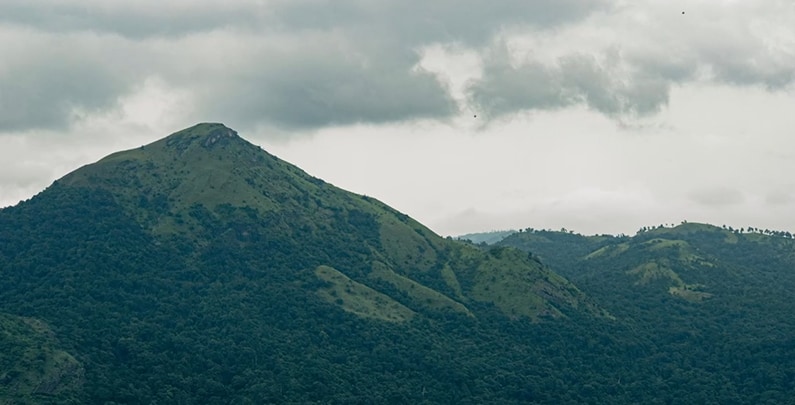
The History of coffee in India
Indians enjoy a strong cup of tea. It has been enjoyed by almost all Indian generations over the years. However, as you are aware, India is a land of paradoxes. As a matter of fact, it is the world’s sixth largest producer and fifth largest exporter of coffee, 30% of which is consumed locally. Now the question is, “How did this tea-drinking nation become so engaged in coffee?” Well, the answer lies in a legend!
The first mention of coffee is from Yemen in the Arabian Peninsula in the 15th century. For a long time, coffee was so valuable that no one was permitted to carry its seeds outside of the Arabian Peninsula.
In the 16th century, it took a wandering Sufi saint to change everything. Baba Budan of Chikmaglur is said to have brought seven raw seeds from the Yemen hidden in his beard because it was illegal to bring raw seeds at the time. He planted the seeds on the slopes of the Chandragiri hills, where he lived, and thus coffee production in India began. Coffee is still grown in these hills today, and the area is known as Baba Budangiri.
Takeover of Joe
By 1670, there were thriving Brew farms in Southern India, thanks to the growth of the plants originally sown by Baba Budan. The Dutch (who occupied much of India throughout the 17th century) aided in the spread of brew cultivation across the country, but it wasn’t until the arrival of the British Raj in the mid-nineteenth century that commercial coffee farming flourished.
The Dutch were the first to cultivate these crops on a large commercial scale. Not to be outdone by the Dutch, the British organised a massive drive to establish Arabica brew plantations throughout South India. One day, while working for Parry and Co., an ambitious British manager exercised his entrepreneurial spirit and petitioned the Mysore government for forty acres of land to establish India’s first coffee farm.
Arabica to Robusta
Initially, Arabica was the most common type of brew grown in India. However, in the mid-1870s, a decline in coffee popularity resulted in many farms going out of business or being replaced by farms of the renowned drink—tea.
The market’s surviving players suffered losses due to massive infestations of coffee leaf rust but eventually switched to Robusta, and the brew market survived those difficult times.
Hardships to recovery
Following India’s independence from the British, the next chapter in the problematic growth of Indian brew began. The Coffee Board of India took drastic measures and banned imports to protect local growers and prevent exploitation by foreign corporations. They also prohibited third-party sales and pooled the brew, removing incentives for farmers to produce high-quality coffee.
With the relaxation of these restrictions in the 1990s, India opened its market to the rest of the world. With growers free to sell to whomever they wanted, the Coffee Board of India eagerly assisted local farmers and growers in bringing their Joe to the world.
Nowadays, India’s brew industry is carving out a new niche market for itself, with Indian coffee accounting for roughly one-fifth of all Italian brew imports.
So, the next time you travel, make a point of visiting the farms in South India and sipping on some filter coffee as it reminds you of the rich history behind its flavour.







Mark
Thanks for your blog, nice to read. Do not stop.